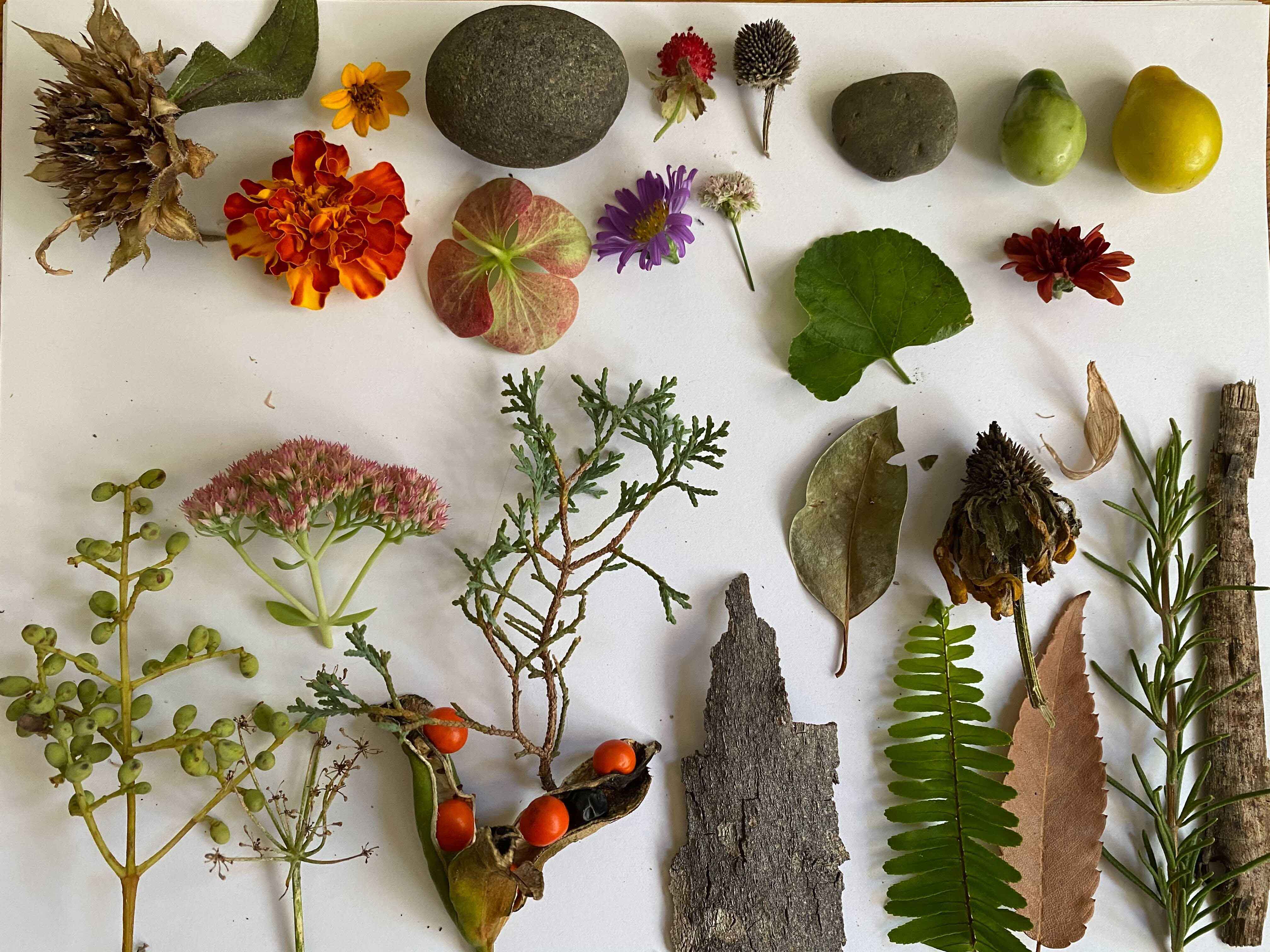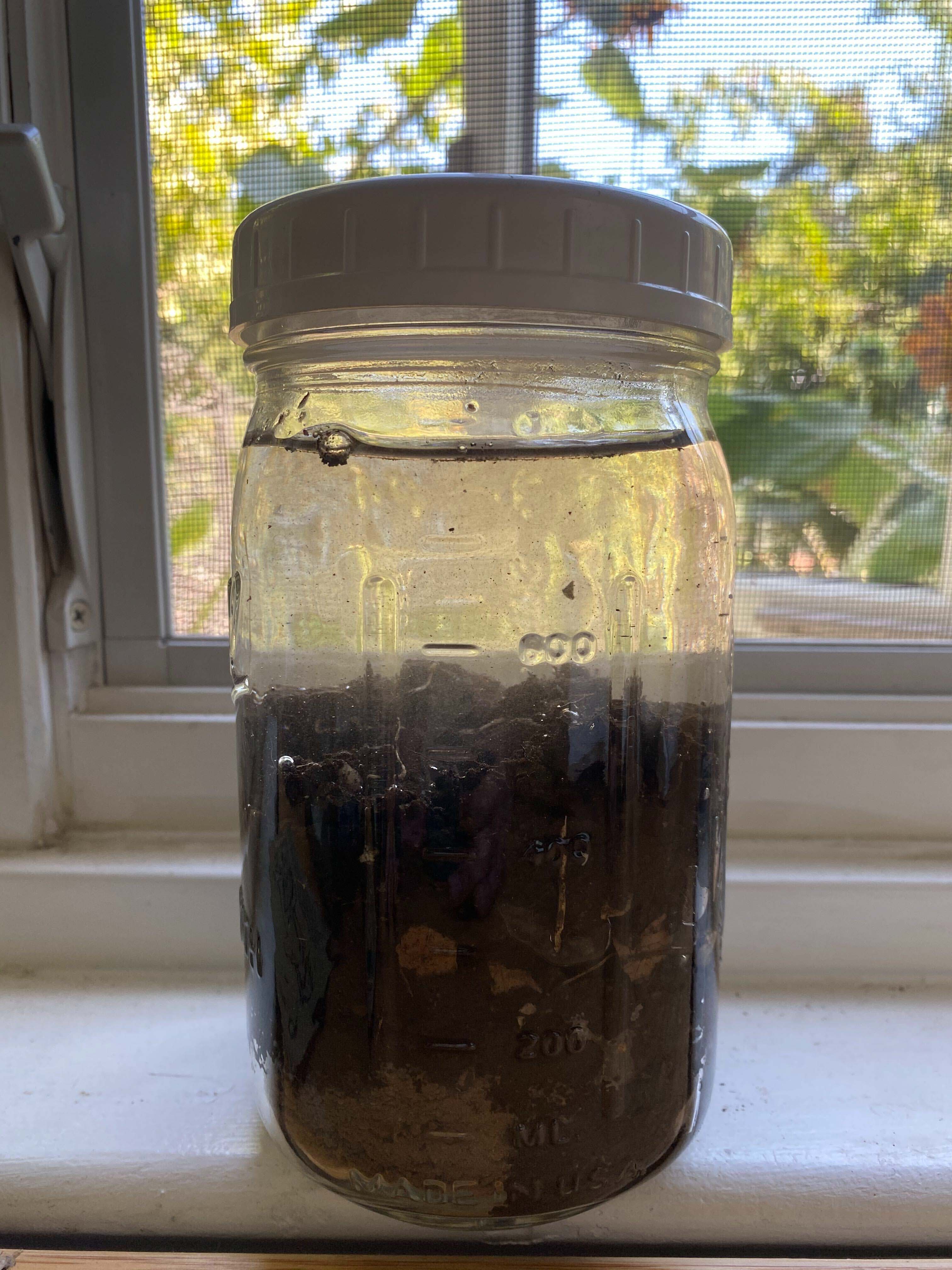Environment
Stellar Solar Oven (PDF)
The sun at the center of our solar system is a powerful source of energy! On its surface, our sun measures 9,941 degrees Fahrenheit. The heat and light energy from the sun travels 94 million miles before reaching earth’s surface. This energy warms our planet and allows plants to photosynthesize, or convert light into sugars that are used by other organisms. We harness the energy of the sun with solar panels, greenhouses, and other innovations. You can explore the sun’s power at home by building a solar oven for cooking delicious snacks!
Groundwater's Filtration Journey (PDF)
The water in our aquifers, where water is stored underground, is much cleaner than when it is on the earth’s surface. How is groundwater filtered on its journey? Many layers of soil and sediment work together to clean groundwater before it reaches the water table. Build your own “groundwater” filter and experiment with methods of water filtration!
Life in Space (PDF)
Organizations like NASA and scientists of all kinds across the globe are studying space because we want to learn more about where Earth came from, where we are headed, and what else is out there in the vast universe.
Nature in the News (PDF)
Every year, scientists around the world work hard to learn more and answer questions about our universe. What discoveries about the natural world have scientists made in the past year?
We’ve selected some of our favorite discoveries about plants, animals and ecology in 2020. Create a collage and showcase these discoveries by cutting out the images and gluing them to a background or craft materials!
Winter Night Sky Exploration (PDF)
Because the Earth travels around the sun throughout the year, the night sky and objects we can see in space change during each season.
What can we learn when we look up at the sky in the winter?
Garden Sensory Bin (PDF)
Sensory bins are a great way for young and sensory-sensitive scientists to explore the many different textures of objects in nature! You can make a simple bin with a collection of different items, or a texture-hunt bin for using your sense of touch to search for items.
Build a Rain Gauge (PDF)
Meteorologists, or scientists who study the weather, use many tools to take measurements of the atmosphere and the environment. Some tools, like rain gauges, are easy to use at home to compare your own weather observations with the meteorologists’ weather forecasts.
Build and Anemometer (PDF)
Seasonal weather changes look many different ways. There are changes in temperature, rainfall, and winds, and meteorologists – scientists who study the weather – have tools to measure each of these changes. Learn how to build an anemometer and capture the wind to measure its speeds!
Sorting & Similarities in Nature
The natural world is full of items of all different kinds! These items come from different sources, serve different functions in their environment,and have different effects on our senses. In what ways can these very different pieces of nature also be the same? Sorting Activity (PDF)

Water Conservation (PDF) Can a plant grow without water? How do you save water and still keep your vegetables growing? Let’s find out!

